Essential Things to Know on How to Choose a Portable Power Station for Camping
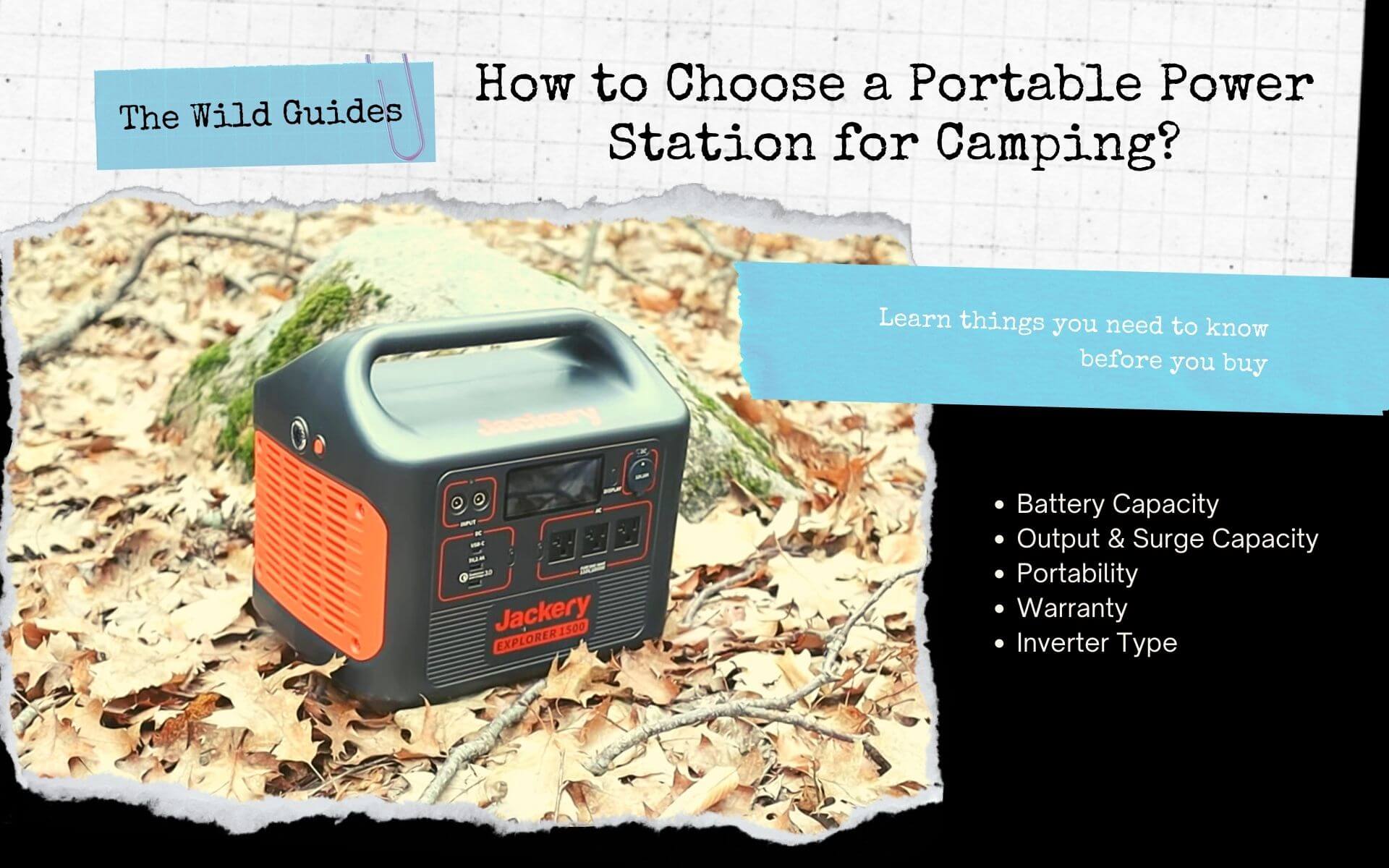
Even though I love the great outdoors, in some cases, I want some luxuries that can come with it. Not every camping trip needs to be rugged and uncomfortable. And I do not need to be disconnected all the time. In such cases, having a portable power station to plug in your gadgets can be very handy.
In this article, I will discuss how to choose a portable power station for camping and the outdoors. I’ll also be answering questions like what size power station you need, how much the power station would cost, and how much time it would last before having to recharge it. Read on to learn some great tips.
How to Choose a Portable Power Station for Camping?
You need to consider multiple factors when choosing a portable power station. Foremost among them is the device’s battery capacity. It’s the maximum power battery can hold. Then comes power rating, portability, output ports, and warranty.
There’s one more thing you need to consider. That’s the type of inverter the portable power station has. Most power stations come with a pure sine-wave inverter. Others, which cost relatively less, come with modified sine-wave inverters.
Let’s discuss all these factors in detail.
Battery Capacity
Measured in watt-hours, the battery capacity plays a crucial role in the portable power station. Every model that is available out there houses a battery with a specific battery capacity. As the capacity increases, so does the portable power station’s output.
The battery capacity determines the appliances the station can charge. For instance, while a 280-watt hour battery can power a 280 watt light bulb for 280 minutes, a 60 watt-hour battery would die after keeping a 60watt light bulb running for an hour.
For your convenience, we’ve divided the battery capacity into multiple ranges:
150Wh to 300Wh
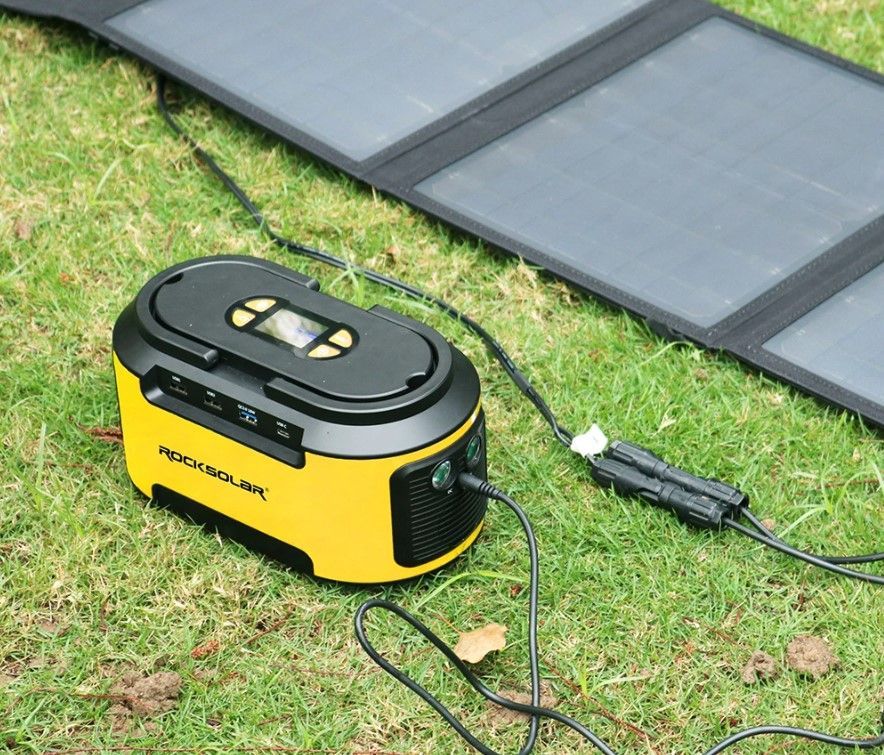
If you choose a power station whose battery capacity falls in this range, don’t expect it to do any heavy lifting. It would only be capable of recharging your laptop, smartphones, tablets, and other small devices. On the plus side, it would be extremely portable.
Happy with this battery capacity range? Then you’d do well to check out the Jackery Explorer 160. This lightweight power station has a 167-Wh capacity. It also offers pass-thru charging, has a USB-C port and two USB-A ports. Jackery also backs this model with a 2-year warranty.
Hoping to get your hands on a device slightly more powerful? Rocksolar Ready 200W might be worth a shot. It comes with a 240Wh Li-ion battery, has two USB-C ports, and supports solar recharging. And the best thing about this model is that its display has an on-demand battery indicator. You can also check out my Jackery Explorer 240 or Goal Zero Yeti 200X reviews. All of these power stations have some features they stand out with, so I recommend you check out my specific power station reviews to learn all about them.
400Wh to 600Wh
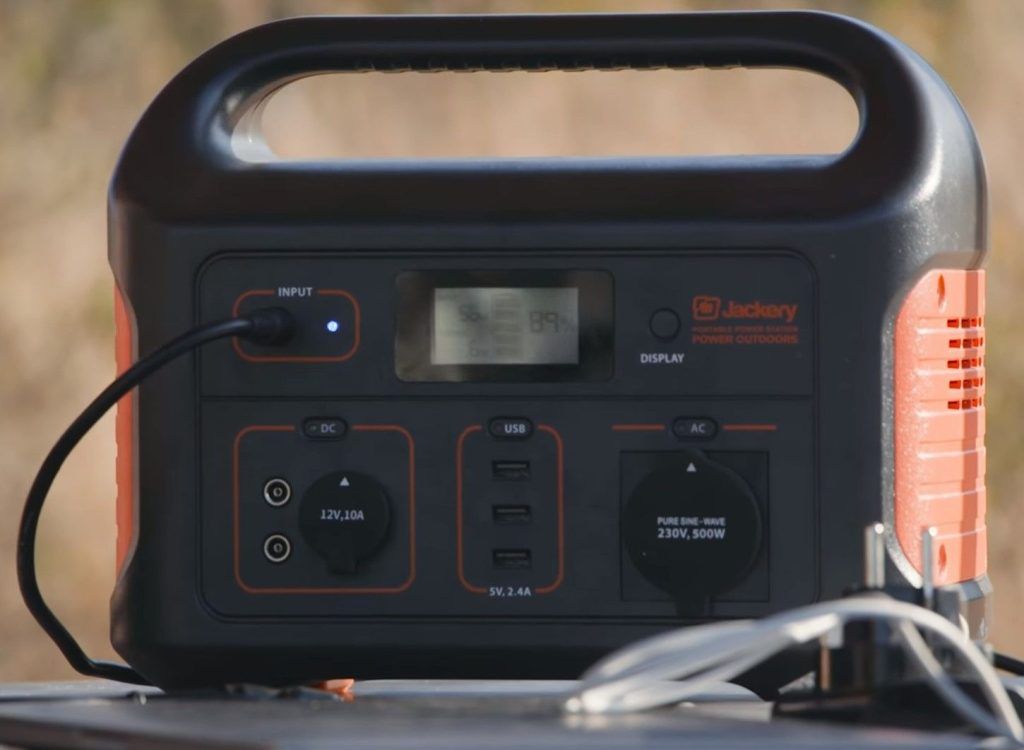
Planning on going on a long outdoor trip? Try to find a model whose battery capacity falls in the 400Wh to 600Wh range. Such models can provide a runtime lasting days. They can power up an electric cooler, a small car fridge, 32-inch TV, and a handheld heater, making them best for RVing.
Jackery Explorer 500 and Goal Zero Yeti 500X offer battery capacities in this range. I’ve made a detailed comparison of both these power stations. But if you’re in a hurry, know that I prefer the Explorer 500 out of the two. It costs $200 less and comes with more items in the box.
However, if you aren’t on a tight budget and want USB-C ports, the Yeti 500X seems a no-brainer since the Explorer 500 doesn’t have any USB-C ports. Check out the guide mentioned above to know more about how these portable power stations compare.
1,500Wh to 3000Wh
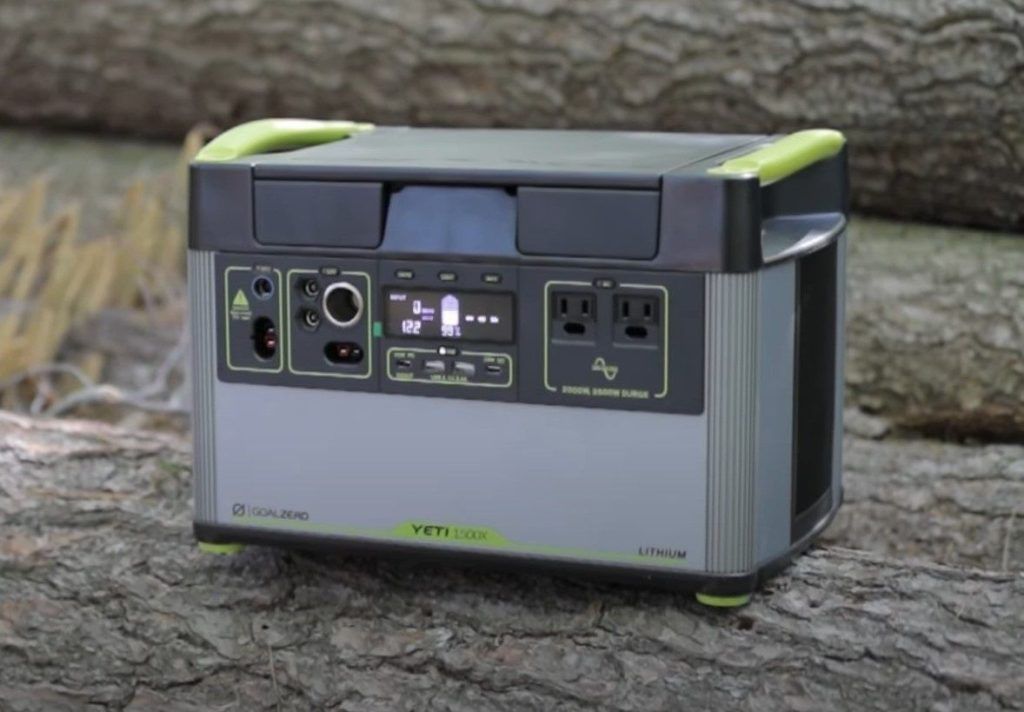
Portable power stations with this much battery capacity offer it all. They are capable of running large appliances, such as a fridge, CPAP machine, and any other heavy-duty device you can think of. Their only drawback is that they tend to be pretty heavy.
Need proof? The Goal Zero Yeti 3000X is a perfect example of everything I said in the previous paragraph. This model boasts a 3,075Wh battery and is therefore capable of running large appliances, regardless of whether you’re in the woods car camping or enduring a blackout at home.
What is more, the Yeti 3000X can hold its power for 3 months without recharging. Its only drawback is that it doesn’t come with any USB-C port. And while it does weigh pretty heavy (68lbs), the fact that its package includes a wheeled trolley means you can easily carry it around on the flat ground.
And if you’re looking for something cheaper and are okay with less battery capacity, check out my review about Jackery Explorer 1500 vs Goal Zero Yeti 1500X, and learn where each power station has its strengths and weaknesses.
Output & Surge Capacity
Portable power stations have two dedicated output ratings. These are output capacity and surge capacity. The output capacity is the power the device can supply continuously and the surge capacity is the maximum power it can output for a small duration.
Found this concept too hard to understand? Let me explain it with the help of Goal Zero Yeti 500X. This portable power station has an output capacity of 300W. However, its surge capacity is four times bigger, at 1,200W. Here’s why that is the case.
Some devices consume more power at startup than they do while running continuously. To run these devices, you need a power station that can supply greater power at first (surge capacity) than it outputs continuously (output capacity).
For this reason, if you’re powering a high-capacity power tool, make sure to opt for a power station with high output and surge capacity. If either of these two output ratings is too low, the station won’t juice up the power tool.
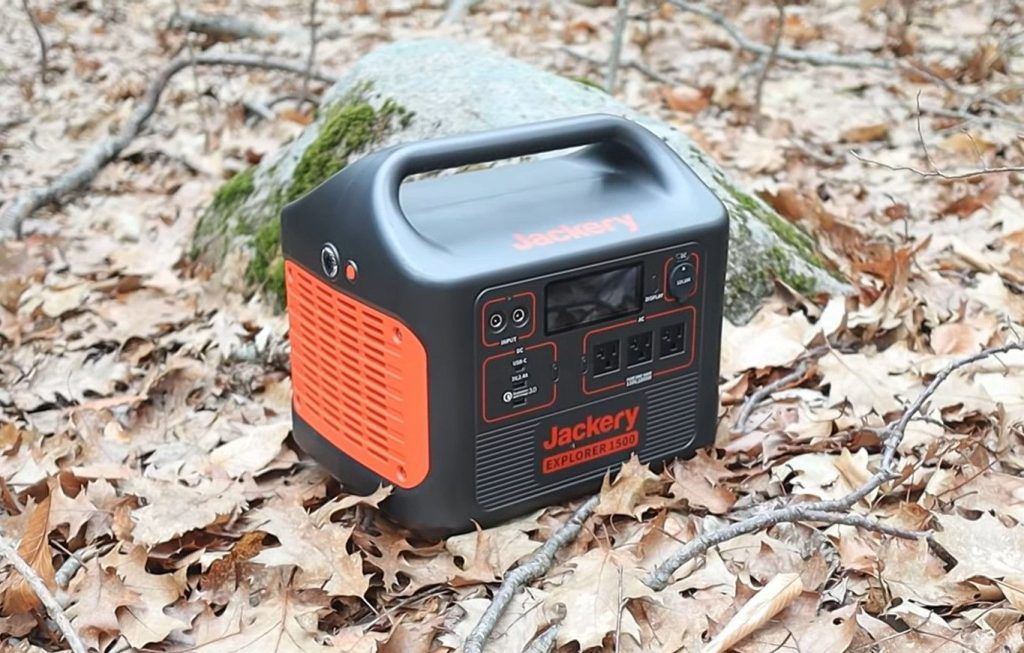
Portability
In contrast to what most people believe, all portable power stations aren’t compact in size (the Goal Zero Yeti 3000X weighs a considerable 68 pounds). You must make sure that the model you’re going to buy is easy to carry around with minimal effort.
Having said that, compact devices are a stickler when it comes to power capacity. They cannot compete with their bulkier counterparts on battery capacity, output capacity, and surge capacity ratings. You cannot count on them to juice up high-power tools.
Try to select a power station that balances portability and power.
Warranty
Most portable power stations recommended in this review offer two-year warranties. Goal Zero ups the ante by offering an extra year (3 years in total) if you register its products. This helps it stand out from the competition for one crucial reason.
Since it’s an electrical device, a power station is highly likely to get damaged during operation. If it’s under warranty, you can count on the manufacturer to bail you out. You can take advantage of free repairs and even have a replacement during the warranty period.
If this is an important factor for you, go for a power station that offers a bigger warranty than the competition.
Inverter Type
An inverter is the most crucial part of any portable power station. It collects DC power from the battery and converts it into AC power. This is important as all the devices we use these days run on AC power. Without an inverter changing the power type, the power station would be useless.
Portable power stations come with two types of inverters. These include pure sine waves and modified sine waves. Go for a pure sine-wave inverter as the electricity it outputs is safe for sensitive electronics, including smartphones, tablets, and almost every other handheld device we use these days.
Thanks for reading my article about how to choose a portable power station for camping. If you want to find more articles about different camping gear, check out the list below.
